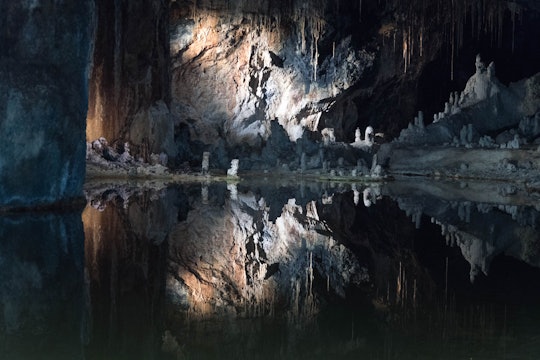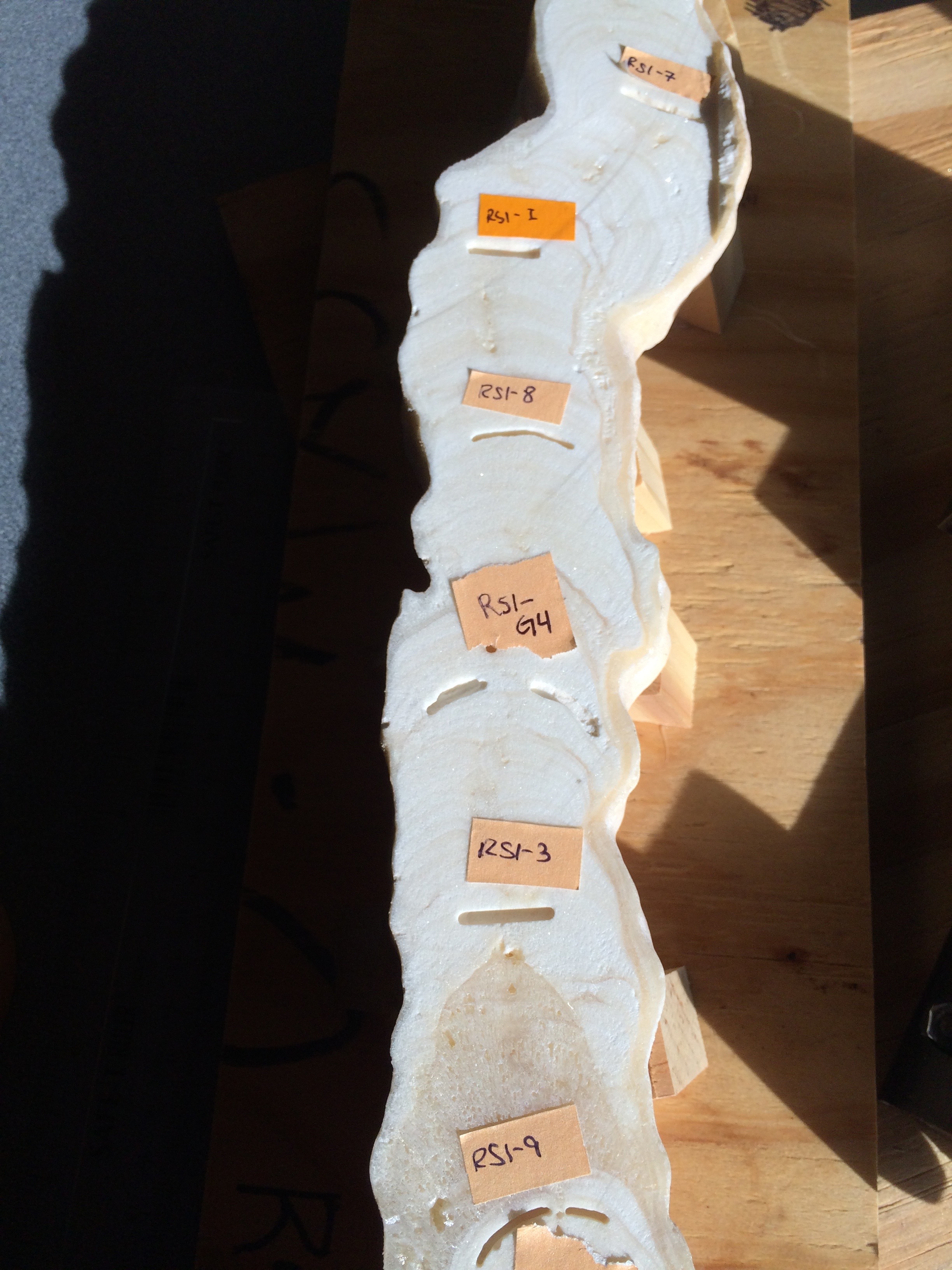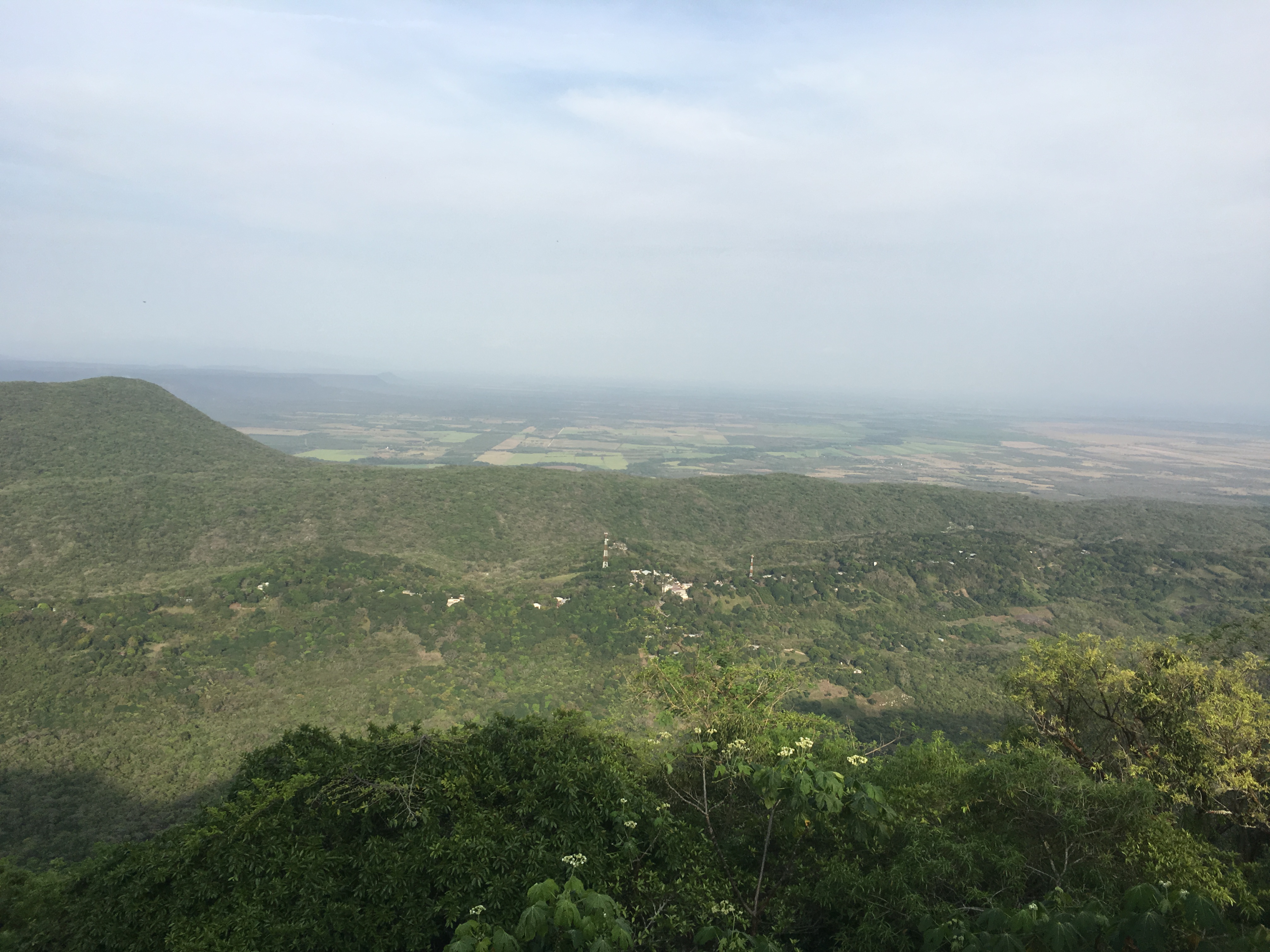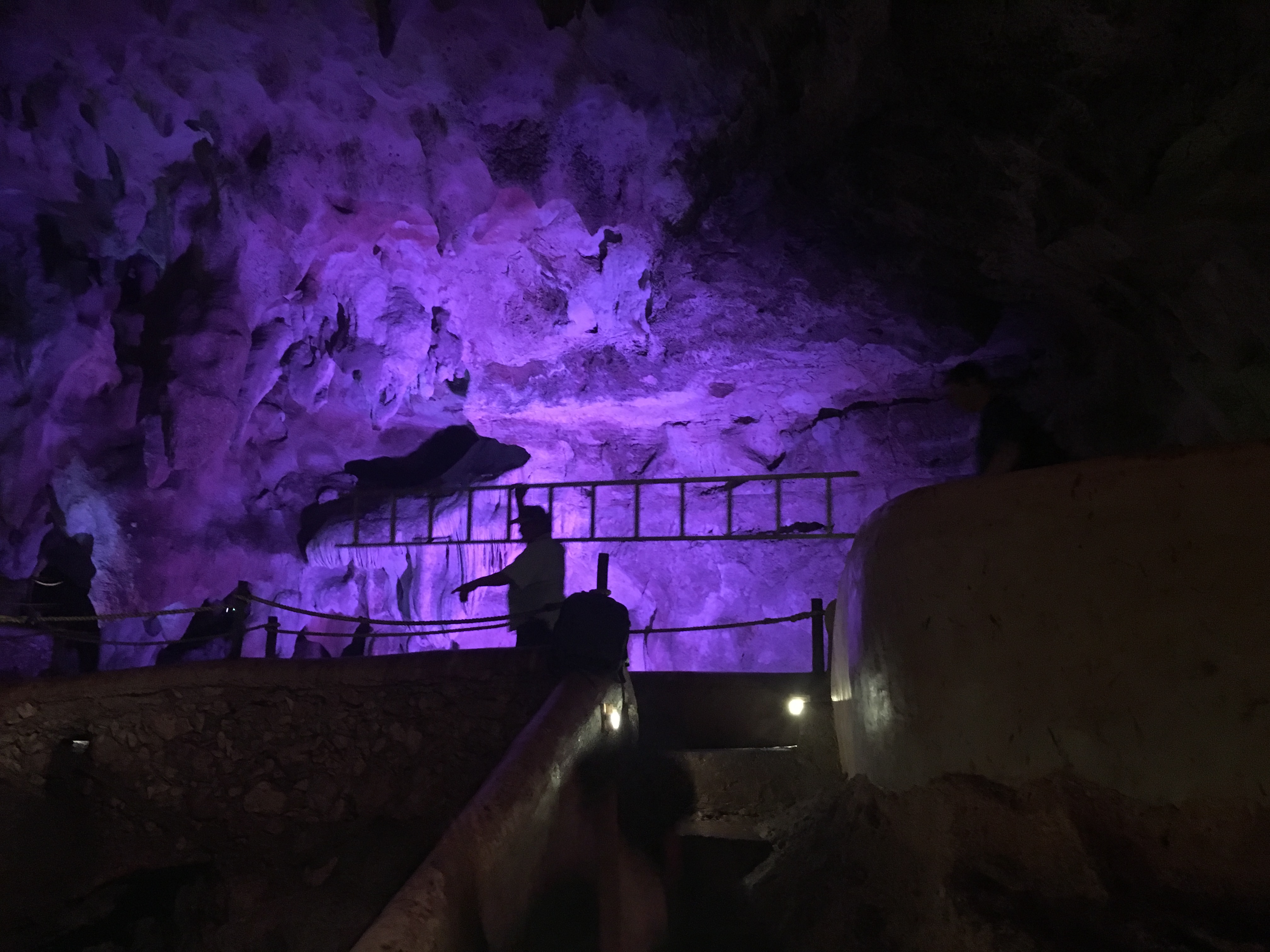
fotobunt / Flickr
I crush stalagmites from protected caves. What can I do to give back?
Scientists should do more with the communities where they work, a cave researcher writes
When people find out I do research on cave deposits, they almost always ask me, "Do you go spelunking?!" The short answer is yes, I do visit beautiful caves all over the world, but the longer answer is more complicated. If you saw our field team heading into a cave, we would look like extremely prepared rock climbers: plenty of rope, lots of bags, and helmets galore. But most of our gear bags, innocent though they may seem, are full of hammers, chisels, and duct tape on the way in, and stalagmites on the way out.
Stalagmites take hundreds or even thousands of years to grow, so each one is unique and extremely valuable for the record of environmental changes it contains. To get that environmental data, we have to cut the stalagmite out of a cave, slice it open with a tile saw, and remove tiny amounts of powder from the length of the stalagmite. In some cases, the stalagmite is barely recognizable by the time all the analyses are complete.
I do cave-based research because I'm excited to learn about how climate has changed in centuries and millennia past, but also because I care about the communities around my field sites. The findings from our research can be used in computer models of climate change, which will help these communities adapt to the changing climate. By slicing up stalagmites, we learn about what controls the amount of rain in this region and, in some cases, even find out how frequently major storms occurred before instrumental records. This data helps climate scientists estimate how much water will be available as climate change progresses.

Gabriela Serrato Marks
Many of the caves that we visit for research have signs prohibiting damage to the stalagmites, which we pass by as we walk in with hammers. I know that our research is valuable, even though we are taking irreplaceable resources out of the cave. But I think it could be even more beneficial for everyone if we were more connected with the local communities near our caves.
The idea of relationship-centered work is not a new one – other research fields, like public health, emphasize the importance of community partnerships. There is no reason cave research should be any different. By strengthening the relationship between natural scientists and community members, we can better understand our field sites, create new learning opportunities, and improve environmental outcomes.
When I found out that I would be going to Tamaulipas and San Luis Potosi, in northeast Mexico, for more field work, I was determined to do something for the communities near the caves. Near one of our sites there is an amazing nature reserve, called the Biosphere of "The Heavens" because of the cloud forest it encompasses, so my first idea was to create a museum display about our work. My adviser pushed me to think about what would actually benefit the community and the reserve, which has steadily had fewer visitors over the last few years, in part due to U.S. travel warnings for the region. She was teaching me the difference between community outreach and engagement: outreach is done for a community, but engagement is done in cooperation with the people who form it.

The cloud forest
Gabriela Serrato Marks
The nature reserve's visitor center has plenty of informational displays – it only lacks people to visit them. My display idea, I realized, wasn't really trying to connect with people, I was trying to assuage my guilt. That moment helped me realize what it means to prioritize local needs over my own potential contribution. It might actually be more helpful to write great reviews for the reserve on travel sites than to send a poster they don't need, even though making a poster might feel more familiar or active. I plan to ask the reserve staff what would most help them, and to take the time to fulfill their requests as best as I can – even if it means stepping out of my own comfort zone. I also plan to talk to locals about their knowledge of the cave systems, because they have been learning about the caves far longer than I have.
Back in the US, I make an effort to talk with people about how much I love traveling to Mexico and doing my field work. We can and should work to counteract stereotypes of Mexico that some Americans have, especially when people ask things like, "Isn't it dangerous to go to there?" I love showing pictures of my field sites and the stalagmites I am using, because it gives people a chance to reset their perspective of Mexico. But we can do a lot more than just providing another view of our field site.
Other research teams work with local communities from the very beginning of a new project, and prioritize community needs over pre-determined scientific goals. For example, UC Berkeley and the Karuk Tribe have established collaborative project agreements governing research on Karuk ancestral lands and territory. They have worked together to study food systems and to increase access to healthy foods, an outcome that would have been far less successful without their community partnerships.

Gabriela Serrato Marks
Community-focused measures don't counteract the potentially damaging effects of our research on the caves – but they're first steps that each of us can make toward doing more good, and toward mutual understanding and goals. Natural scientists should come together, think outside the box a little more, and practice listening to what communities really need. Engagement doesn't just involve starting a citizen science project or making a poster - it takes real work! This is true for all field work, and for local engagement in our own neighborhoods. We have a responsibility to work more collaboratively than we are now, and I think both researchers and community members will benefit.
